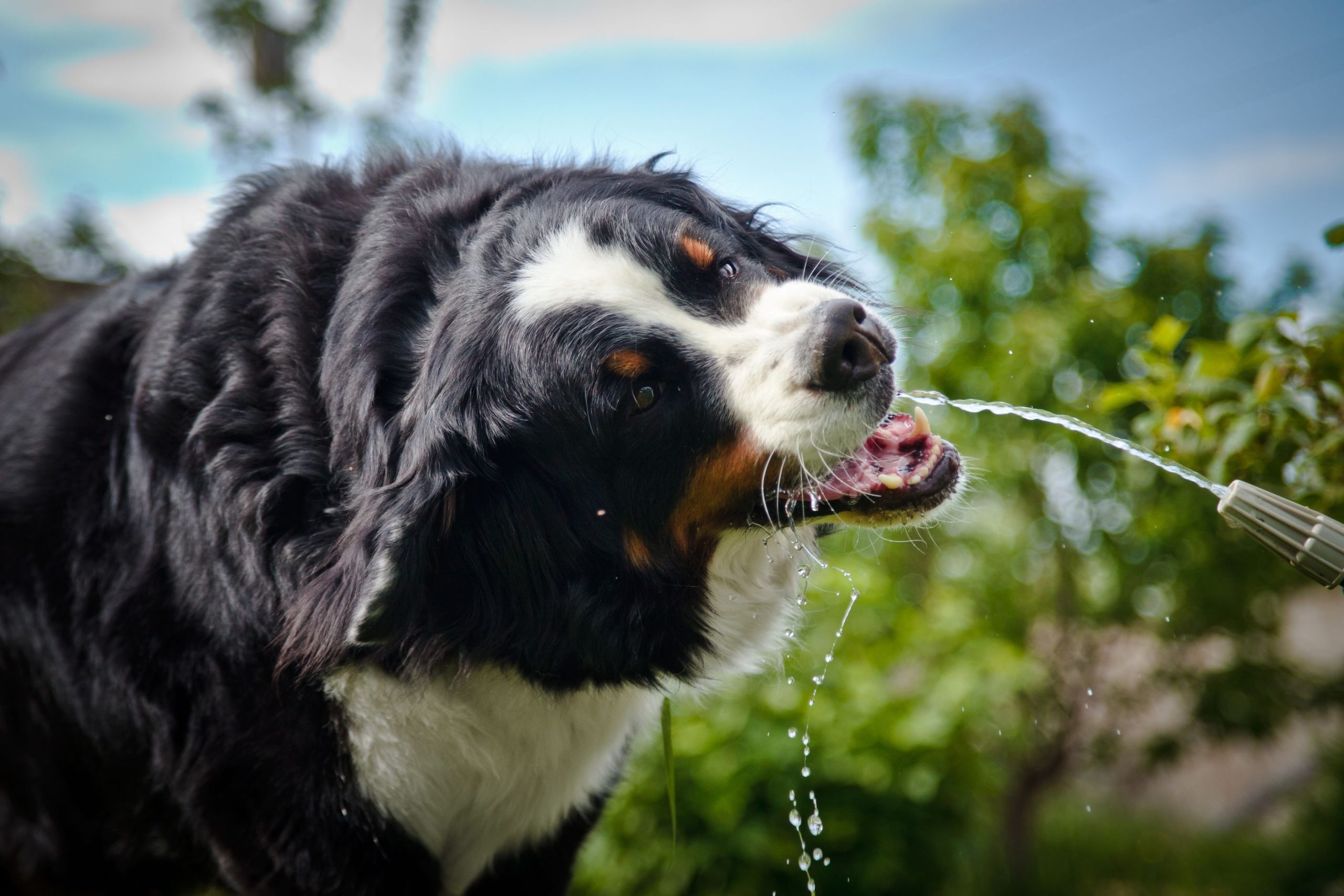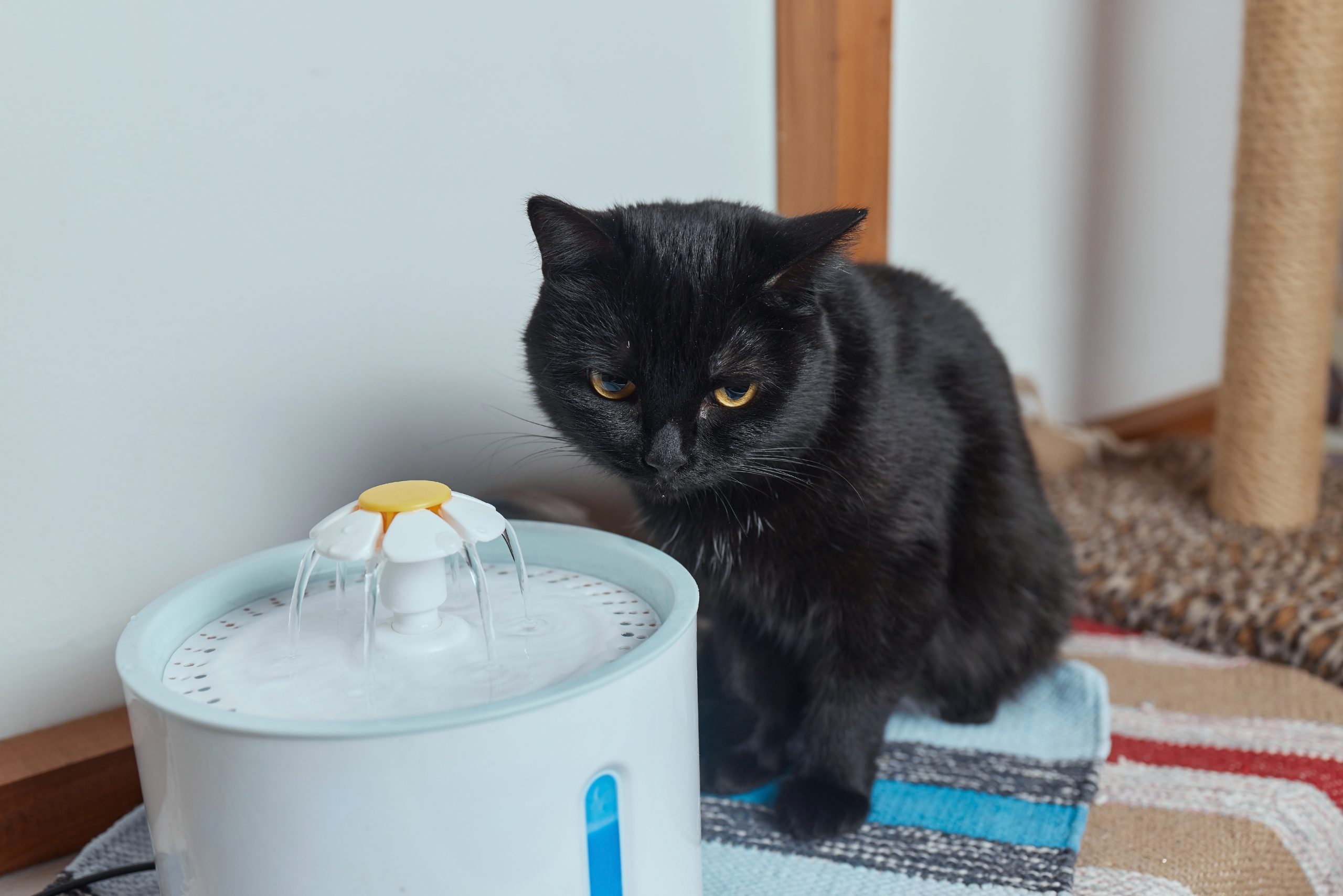Pet Hydration 101
Pet hydration is crucial for the overall well-being and health of our furry companions. Just like humans, pets rely on proper hydration to maintain bodily functions and prevent health issues. However, many pet owners underestimate the importance of keeping their pets hydrated, leading to potential complications. There are many things to consider when it comes to hydrating your pet: the significance of pet hydration, signs of dehydration to watch out for, and practical tips to ensure your pet stays hydrated and happy.



Understanding the Importance of Pet Hydration
Water is an essential nutrient for pets, playing a vital role in their bodily functions. It aids in digestion, circulation, and temperature regulation. Hydration is closely linked to organ health, as dehydration can negatively impact the kidneys, liver, and urinary tract. Additionally, maintaining optimal hydration levels supports a healthy metabolism and overall well-being. Adequate water intake is particularly crucial for regulating body temperature, helping pets avoid overheating and heatstroke.
Top 4 Signs of Dehydration and the Dangers
It is essential for pet owners to recognize the signs of dehydration.- Dry gums
- Sunken eyes
- Lethargy
- Loss of appetite
Ensuring Adequate Hydration for Your Pet
Providing fresh and clean water is crucial for maintaining your pet’s hydration. Regularly cleaning water bowls and changing the water prevents bacterial growth and ensures freshness. Encouraging pets to drink more water can be achieved by placing multiple water bowls around the house, using fountains or dripping faucets, and incorporating wet food into their diet. Environmental factors like temperature and humidity also affect water consumption, so it’s important to consider these factors.Creative Hydration Solutions can make drinking water more enticing for pets. Some great ways to get creative include:
- Interactive Water Dispenser: Invest in an interactive water dispenser specifically designed for pets. These devices feature moving water that can attract your pet’s attention and make them more interested in drinking.
- Ice Cube Treats: Freeze low-sodium chicken or beef broth into ice cube trays and offer them to your pet as treats. The cool and flavorful ice cubes can be a fun way to entice your pet to drink more water.
- Water Fountain: Consider getting a pet water fountain that provides a continuous flow of fresh water. The flowing water can be intriguing for pets and encourage them to drink more.

- Flavor the Water: Add a small amount of low-sodium broth, such as chicken or beef, to your pet’s water bowl to give it a more appealing taste. Just make sure to consult with your veterinarian to ensure the broth is safe for your specific pet.
- Wet Food or Homemade Broth: If your pet eats dry food, consider incorporating wet food into their diet. Wet food has a higher water content and can contribute to their overall hydration. You can also prepare homemade broth using low-sodium ingredients and add it to their meals.
- Elevated Water Bowl: Some pets prefer drinking from an elevated position. Experiment with different heights for their water bowl or consider purchasing an elevated water dispenser to make drinking more comfortable for them.
- Dripping Faucet: If your pet is particularly fascinated by running water, leave a faucet dripping slightly in a designated area, such as a laundry room or bathroom, to encourage them to drink from it. Just ensure it’s safe and won’t cause any damage.

- Multiple Water Stations: Place water bowls in different locations throughout your home to make it convenient for your pet to access water. This way, they won’t have to travel far to quench their thirst.
- Water-Based Toys: Provide water-based toys, such as floating toys in a shallow pool or a sprinkler system, to encourage play and hydration simultaneously.
- Schedule Regular Playtime: Engage your pet in regular play sessions, especially with activities that involve movement and exercise. This can help stimulate their thirst and encourage them to drink more water afterward.




